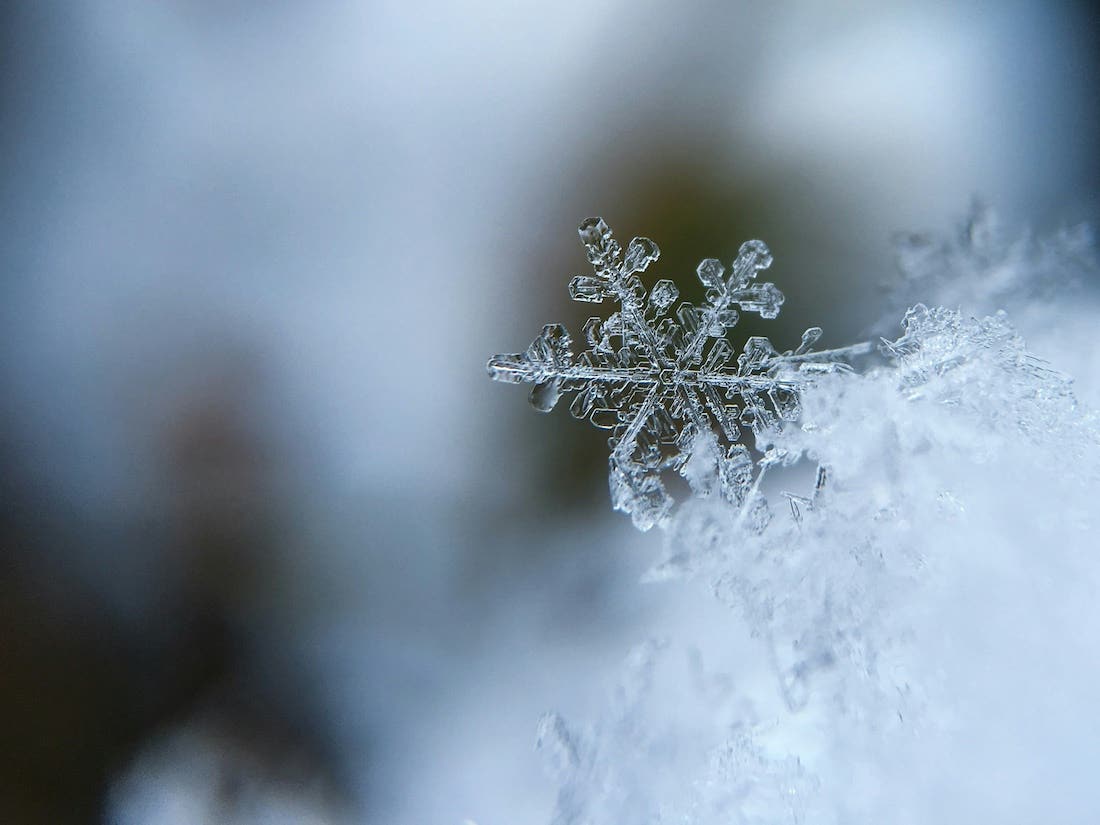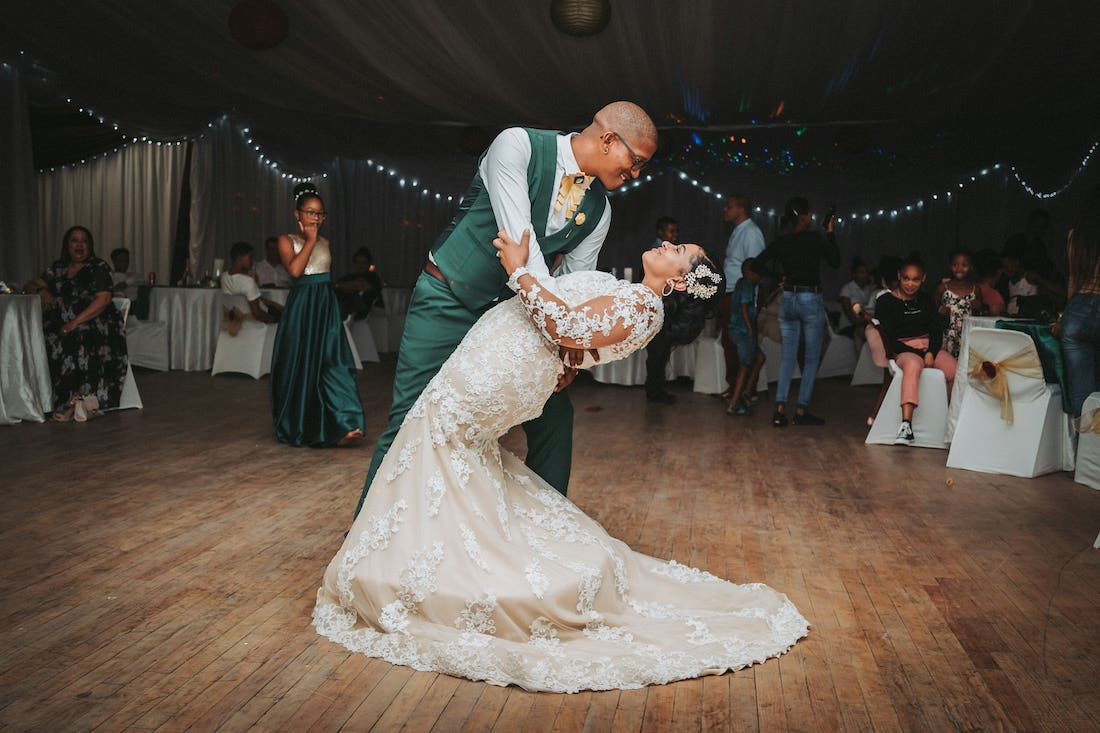Unexpected Inking
You are showering one morning when you notice a tattoo on your body that you’re quite sure you don’t remember getting. What is it, how did you get it, and what does it mean?
[Enter our 87th Annual Writing Competition for your chance to win and have your work be seen by editors and agents—not to mention a chance at $5,000 in cash!]
Last week I looked up the etymology of the word "tattoo" and learned that it comes from the Polynesian word tatu or tatau, meaning "to write," and later "puncture" or "mark made on skin." The word came to English in the mid-to-late 1700s via the writings of the British explorer Captain James Cook, who made some of the first detailed maps of the Pacific and the islands therein.
Aesthetic scarring and pigmentation was already common among Maori people in New Zealand, as well as in cultures indigenous to Tahiti and Samoa, when Western explorers first encountered them. Sailors would get tattoos as "souvenirs," often with specific shapes symbolizing the different locations they had visited, ranks, memberships, and other significant life events. For example, an anchor tattoo first symbolized a sailor who had crossed the Atlantic, while a dragon represented service in Asia.
This Week's Writing Prompt: You are showering one morning when you notice a tattoo on your body that you're quite sure you don't remember getting. What is it, how did you get it, and what does it mean?
Jess Zafarris is the Executive Director of Marketing & Communications for Gotham Ghostwriters and the former Digital Content Director for Writer’s Digest. Her eight years of experience in digital and print content direction include such roles as editor-in-chief of HOW Design magazine and online content director of HOW and PRINT magazine, as well as writing for the Denver Business Journal, ABC News, and the Memphis Commercial Appeal. She spends much of her spare time researching curious word histories and writing about them at UselessEtymology.com. Follow her at @jesszafarris or @uselessety on Twitter.






